After the DART mission, the Hera mission strikes!

Overview
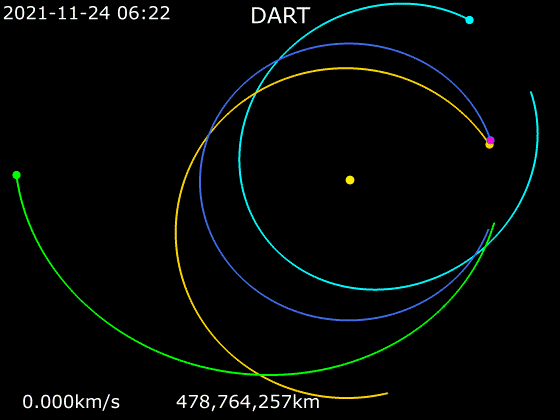
DART track animation diagram
The night of 26 September 2022 will make space history – as the moment when NASA’s DART spacecraft impacts the Dimorphos asteroid in an attempt to divert its course – humankind’s first planetary defence test.
Next, in 2024, ESA launches its Hera spacecraft to investigate the post-impact asteroid. In fact, Hera is not one spacecraft but three: it carries with it ESA’s first deep-space CubeSats to make extra observations of its target.
DART
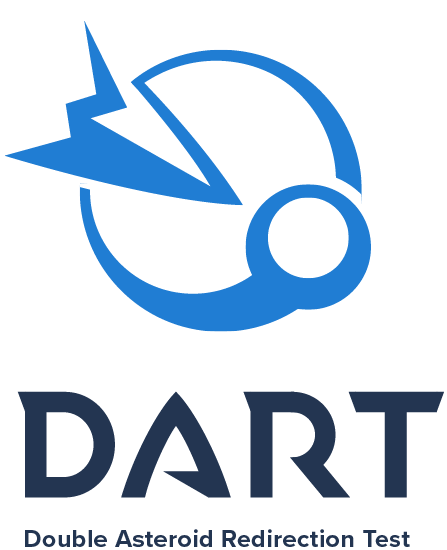
DART Logo
Double Asteroid Redirection Test ( DART ) is a NASA space mission aimed at testing a method of planetary defense against near-Earth objects ( NEOs) . It was designed to assess the potential of a spacecraft impact to deflect an asteroid, through a transference of momentum.
The asteroid selected for the test poses no actual threat to Earth. The probe was launched from Earth in November 2021, and on 26 September 2022 intentionally impacted Dimorphos, the minor-planet moon of the asteroid Didymos.
DART is a joint project between NASA and the Johns Hopkins Applied Physics Laboratory ( AP L). The project is funded through NASA’s Planetary Defense Coordination Office, managed by NASA’s Planetary Missions Program Office at the Marshall Space Flight Center, and several NASA laboratories and offices are providing technical support.
International partners, such as the European Space Agency ( ESA ), Italian Space Agency ( ASI ), and Japan Aerospace Exploration Agency ( JAXA ), are contributing to related or subsequent projects.
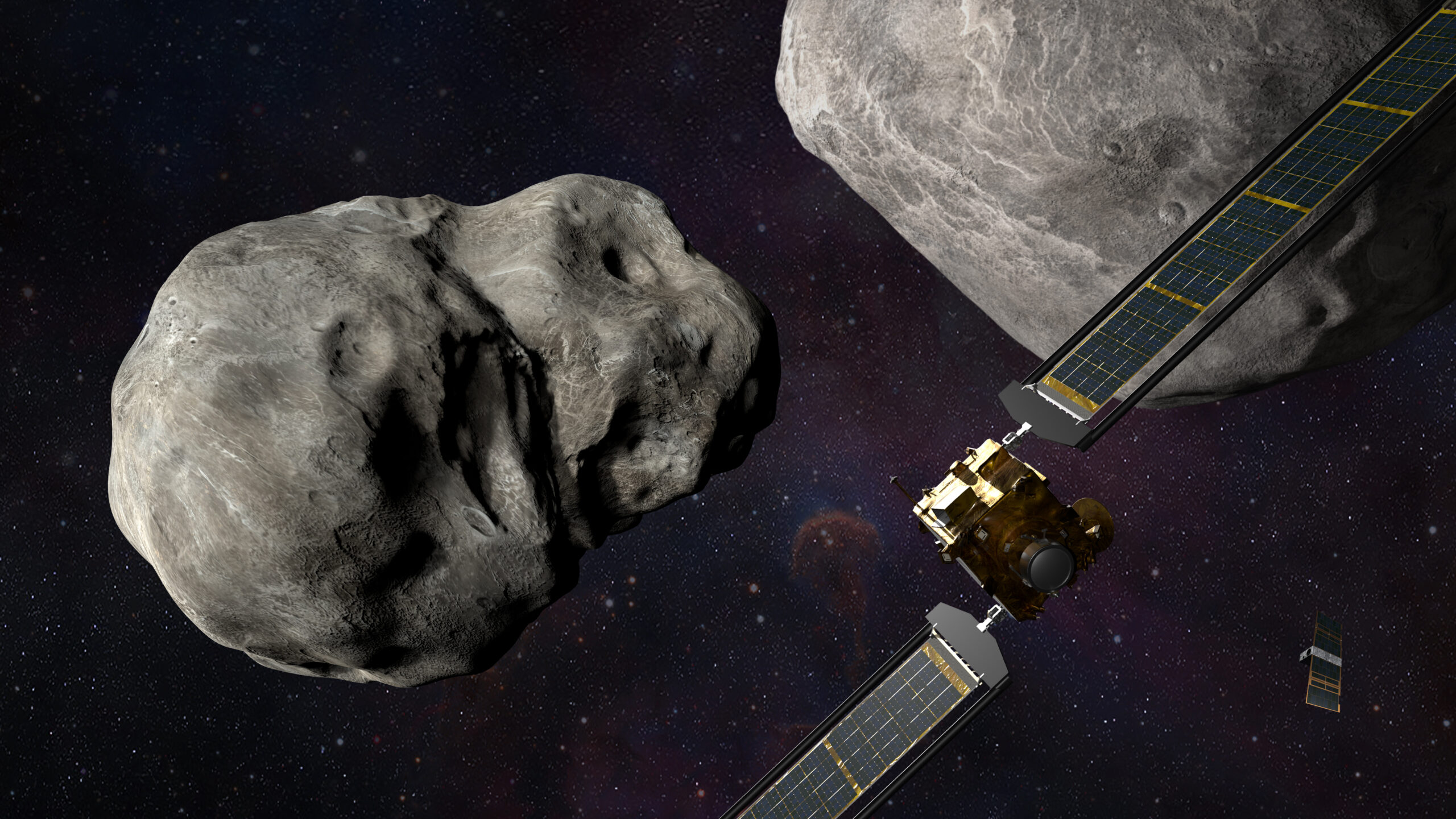
A simulated scenario before the probe hits the asteroid
Hera

Hera and its Milani and Juventas
Hera is the European component of the ESA–NASA AIDA mission. The Hera spacecraft, approved on 29 November 2019, will focus on key measurements to validate impact and asteroid deflection models such as the detailed characterisation of the impact crater made by the DART impactor.
Hera will also measure the DART impact outcome, such as change in the binary system orbit, and will enable detailed characterisation of the Dimorphos volume and surface properties, as well as measure the volume and morphology of the DART impact crater.
The baseline payload of Hera includes a camera, a miniaturized lidar and two CubeSats dedicated to asteroid characterisation. The spacecraft design allows for 40 kilograms (88 lb) of additional payload mass, including the Small Carry-on Impactor (SCI) proposed by Japan’s space agency JAXA. Other options, such as a small lander, are being considered. Hera will be launched on an Ariane 6 in 2024.
The Future
ESA will continue to be responsible for the manufacture of the Hera probe, and will leave for the twin stars in 2024, and arrive in 2027 (5 years after the DART impact) and carry out more in-depth scientific exploration HERA will also carry two small cube probes Implementers: Milani and Juventas.
References:
[1]AIDA (international space cooperation) – Wikipedia
[3]Double Asteroid Redirection Test – Wikipedia


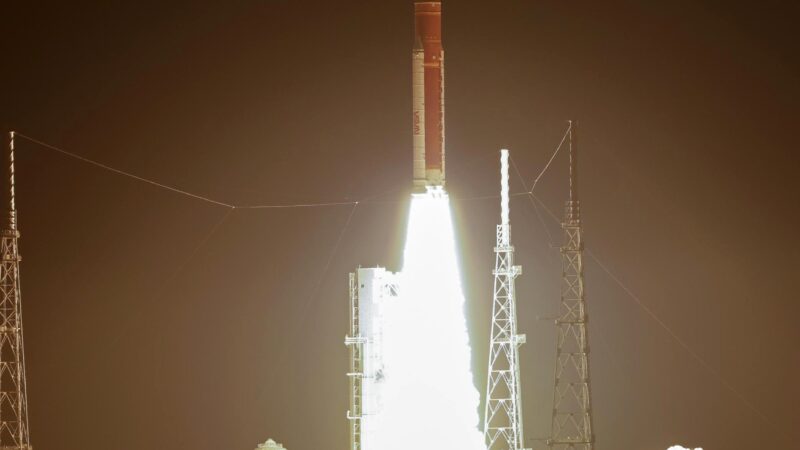

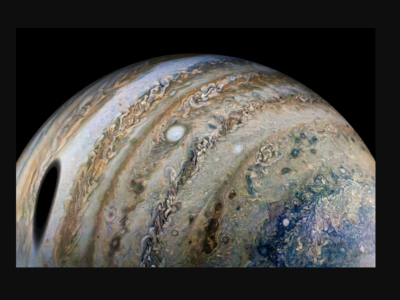
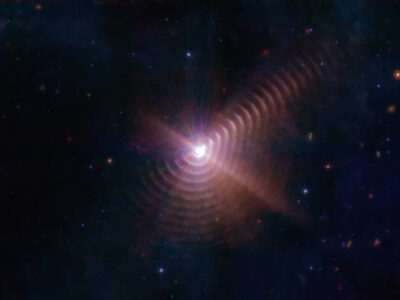

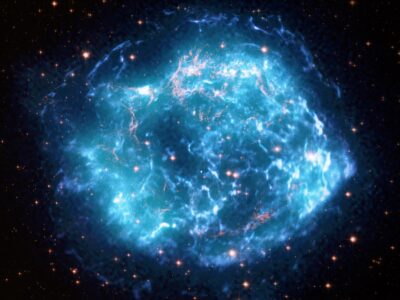



Looking forward to Hera !